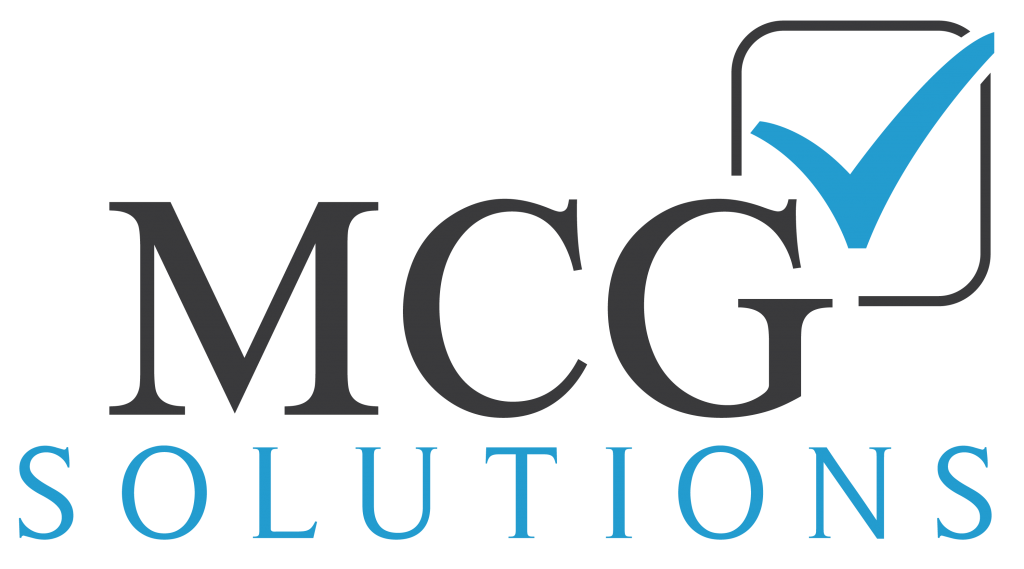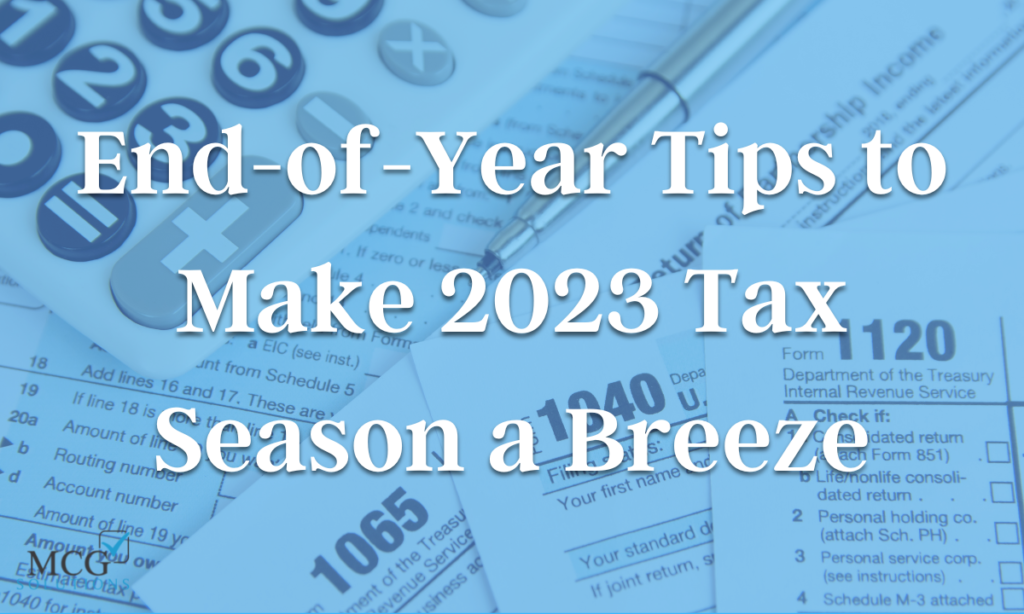As the end of another year approaches, business owners tend to be busier than ever. Many businesses see increased activity at this time, especially retail and seasonal companies. On top of that, there are some year-end bookkeeping tasks you need to perform, to make your 2023 tax season easier.
Here’s what to do to get your records in order:
- Prep employee tax forms: You’ll need to file copies of Form W-2s and Form W-3s (transmittal of wage and tax statements) with the Social Security, and complete IRS Form 1099-NECs for any independent contractors and vendors. These are due to the IRS by January 31.
- Review payroll: If you have employees, an end-of-year payroll review is wise. Check to ensure that your records are up to date, and you’ve submitted Form 941 (quarterly tax withholding amounts and FICA taxes) for each quarter. Then, look for any problems with employee wages and deductions, time-off balances, raises and bonuses, withheld tax amounts, deferred compensation, and benefit changes. Check to ensure all paychecks are reported and run a final payroll report.
- Organize receipts: Whether you organize receipts digitally or in paper form, make sure that they’re filed by type of expense and chronologically. If anything hasn’t been filed and logged, rectify that now.
- Review your inventory: Now is a good type to catalogue your inventory, including materials and supplies. Match the count to your balance sheet, and check for inconsistencies. This will ensure you have an accurate picture of your inventory, how much you spent, and what it’s currently worth.
- Check accounts payable and receivable: Now is the time to check for outstanding payables and receivables, and reconcile those accounts wherever possible. Tally your year-end total for payables and receivables. This will help you get a better understanding of your finances and will help you spot inconsistencies. If you’re liable for taxes on accrued amounts, this will make the tax preparation process easier.
- Reconcile records: Go over all of your fiscal records to ensure they’re complete and accurate. This includes your bookkeeping entries and bank accounts. You may also want to perform a year-end profit and loss review, and prepare a final balance sheet.
- Review your processes: Finally, take a moment to review your bookkeeping and tax preparation processes. What worked this year? Where did you struggle to keep up? Are there any concepts or processes you find difficult to understand? Once you identify any existing pain points, you can find solutions to streamline the process. Don’t forget to consider what kind of new challenges you may face in the upcoming year. For example, if you plan to hire employees for the first time in 2023, you’ll want to make sure you understand the process and your obligations as an employer.
When you have seasoned bookkeepers and tax preparers on your side, tax season is always a breeze.

